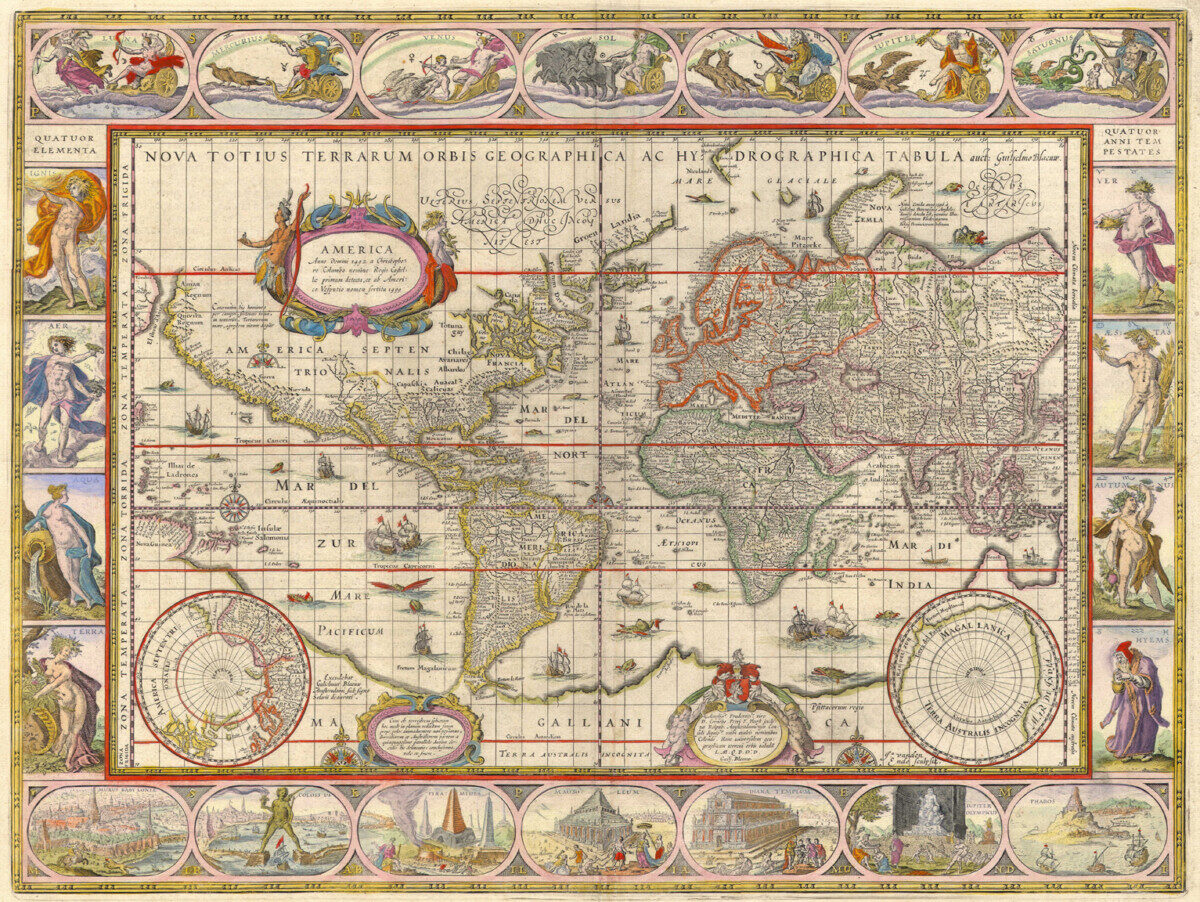“The Mirrors of Las Meninas” by Byron Ellsworth Hamann focuses on the movements of goods and artwork as central to globalization in the 17th century. In the 21st century, I would argue that goods and materials remain at the forefront of globalization. A particular example that comes to mind is the creation of clothing in factories around the world. We can walk into an H&M or American Eagle at our local mall and buy a shirt or pants. However, when you look closely at the tags on the inside of the garment, they often feature a note of where the piece of clothing was made. For example, the pants that I’m wearing right now were made in El Salvador, my jacket was made in Pakistan, and my shirt was created in Bangladesh. I bought all these clothes in the same shopping mall, but three different countries in far away regions of the world came together to create it. The cotton fabrics used to create these pieces of clothing probably came from another region and were shipped to those factories. The headquarters of the clothing brands themselves are probably located somewhere in Europe or North America. Just using this one example of clothing, we can see how areas all around the globe interact in its creation. While we may not think twice about this today, in the 17th Century, a garment from Bangladesh or El Salvador would have been much more expensive than what I spent on my clothes. The improvements in transportation and communication has made our world much more intertwined than it had ever been in the past. Finding a sticker that reads “Made in China” on a cheap knick-knack is commonplace, but a few centuries ago it would have a way higher valuation as a foreign good.
A Digital Resource

Great observation, Marissa! I also find it fascinating that it is not frequently more expensive to “shop local” than it is to order something from a country halfway around the world. It makes me wonder about how much local objects were valued or devalued in the early modern period.